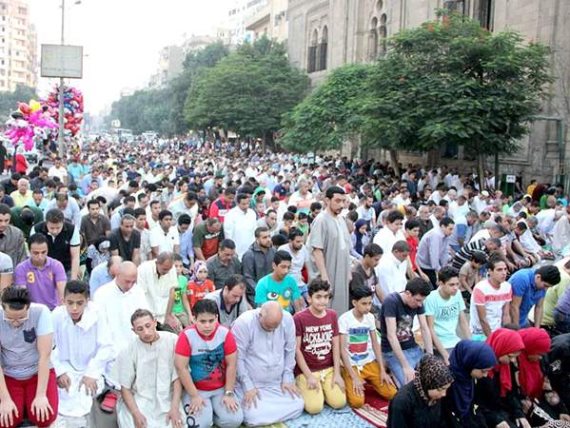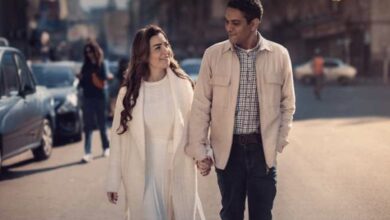Delicious cookies, family gatherings and a frenzy of phone calls and messages are some of the characteristic features of the Eid feast, but the most important treat–for children as well as some adults–is new clothing. Shopping for new outfits is a time-honored way of welcoming the post-Ramadan holiday.
“My mother used to buy me three outfits for the three days of Eid, paired with matching shoes and hair ribbons,” recalls housewife Farida Abdallah. Back then, adds the mother of two, Cicurelle, Shamla, Hanno and David Adess (Daoud Ads) were the most luxurious shops in the downtown area.
“I would wake up at dawn, wear the most beautiful dress, and eat cookies and tea with the entire family,” says Abdallah. At that time, she remembers, new outfits for Eid were a must for children, teenagers and adults.
“I had to have a new outfit,” says 30-year-old marketing executive Amina. “But as I grew older and became a teenager, it became an embarrassment to have your mother buy clothes for you.” Egyptian teenagers, therefore, often take money from parents and choose themselves what they want to wear.
But nowadays, new outfits have become a treat mainly for children. "My mother buys the outfit, usually a dress, for my 3-year-old girl, with matching shoes and a bag,” says Yasmine al-Serafi, a housewife and young mother.
She adds that dresses for small children generally cost between LE300 and LE400. “ I usually shop from Mother Care or Zara Kids,” she says.
“Prices are way to high for kids' clothes," says Khaled, a businessman and father. He complains that clothes for his young daughter cost as much as those for him and his wife.
“It's been very hard this Eid to buy my kids their usual treats, since the holy feast coincided with the beginning of the school year,” says Badr, the father of three girls.
These days, increasing prices and low wages have made the ritual harder, but middle-class families nevertheless struggle to please their children on one of the most festive days of the year.




